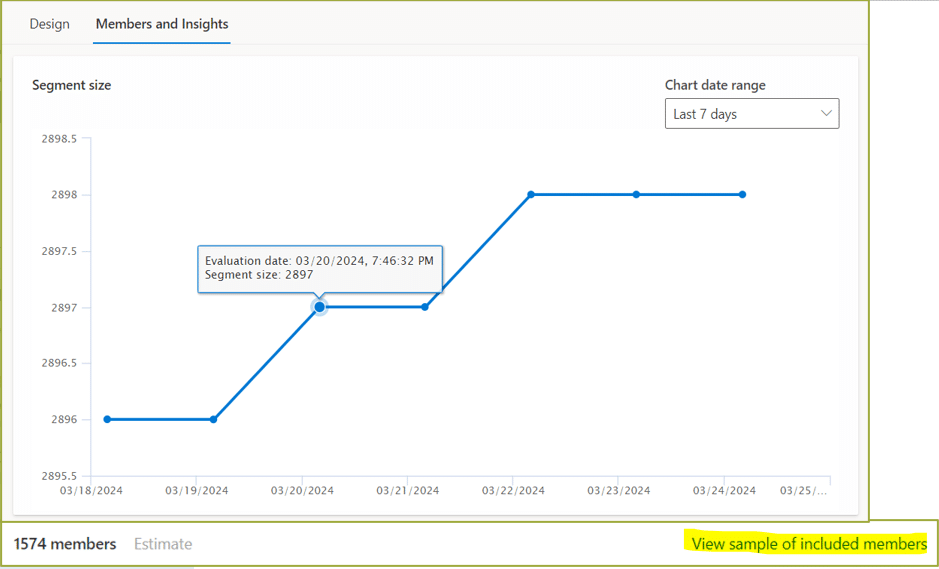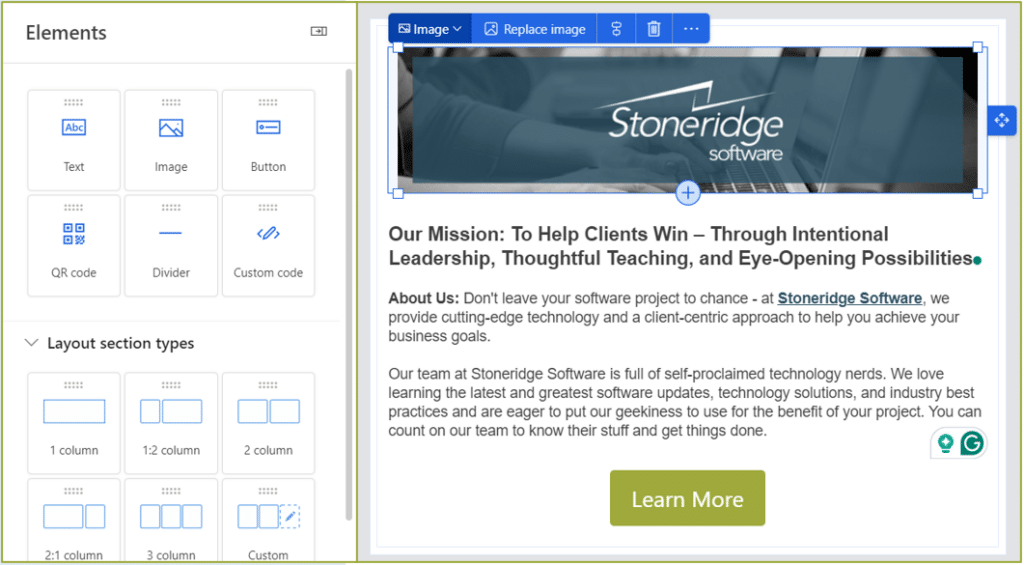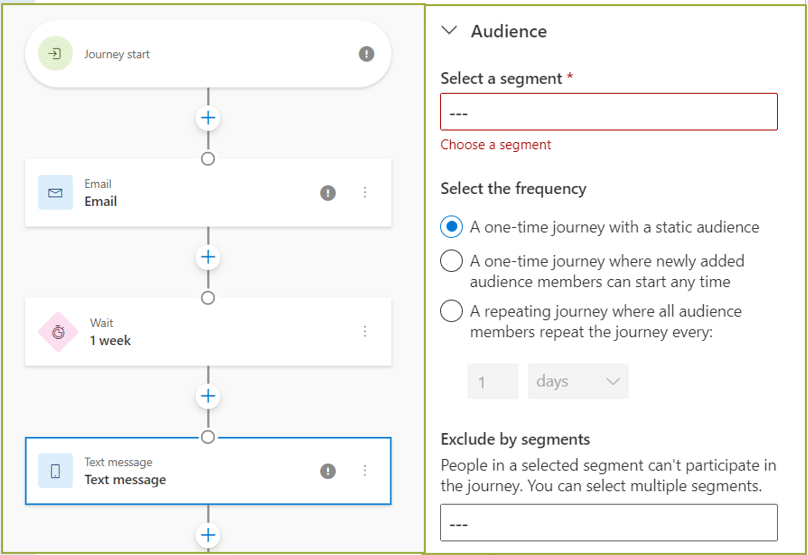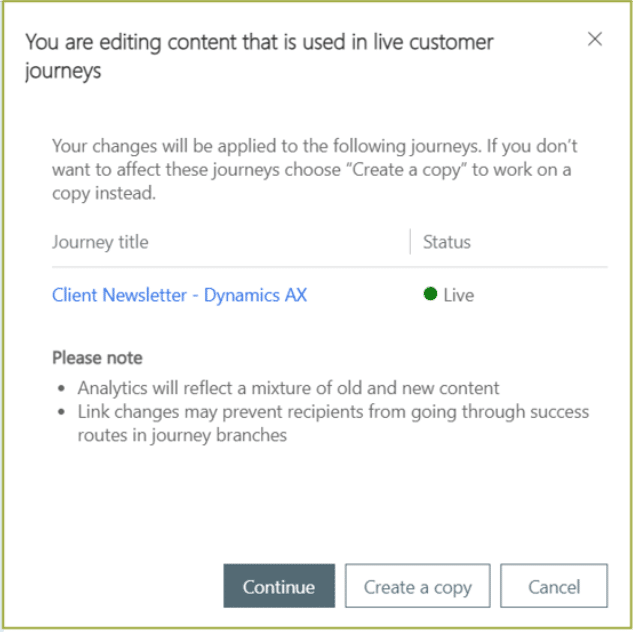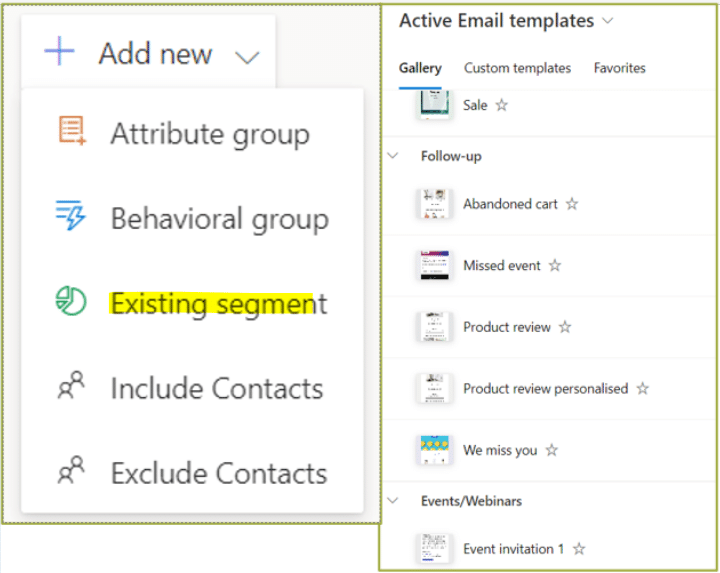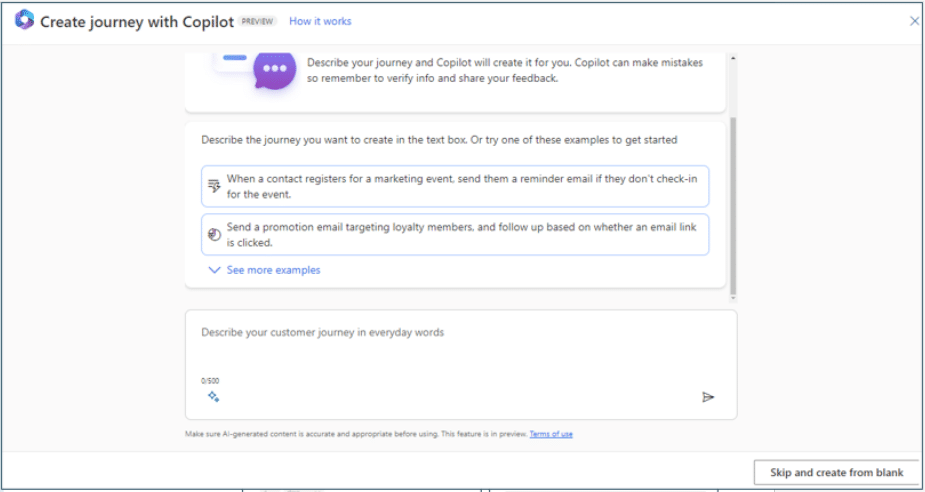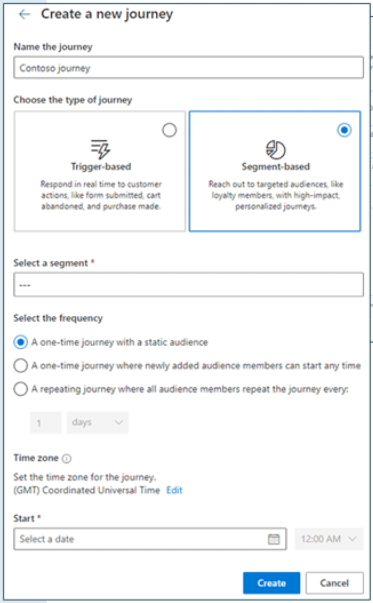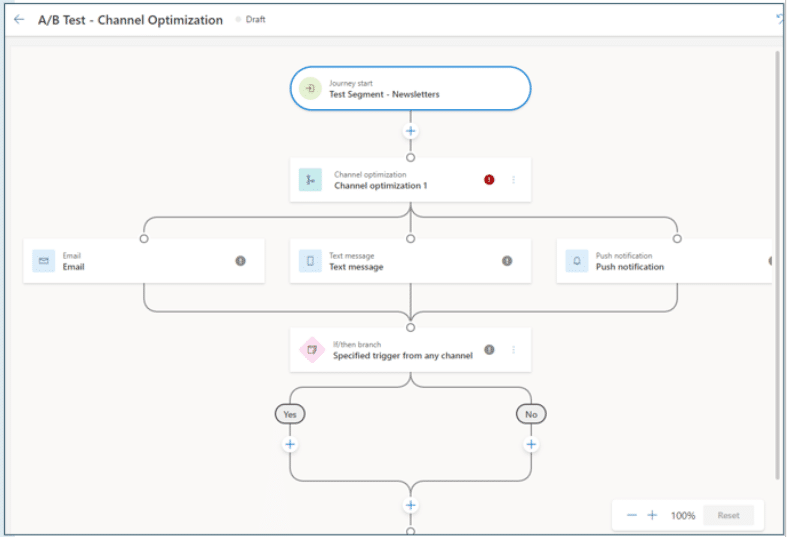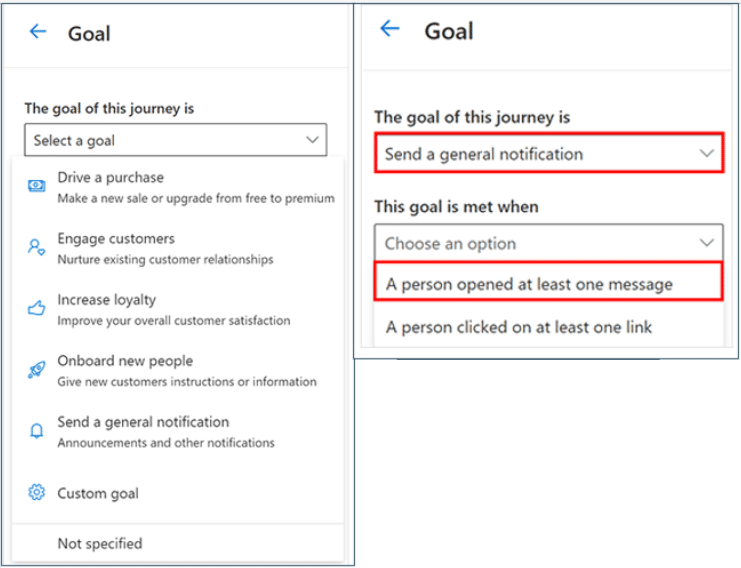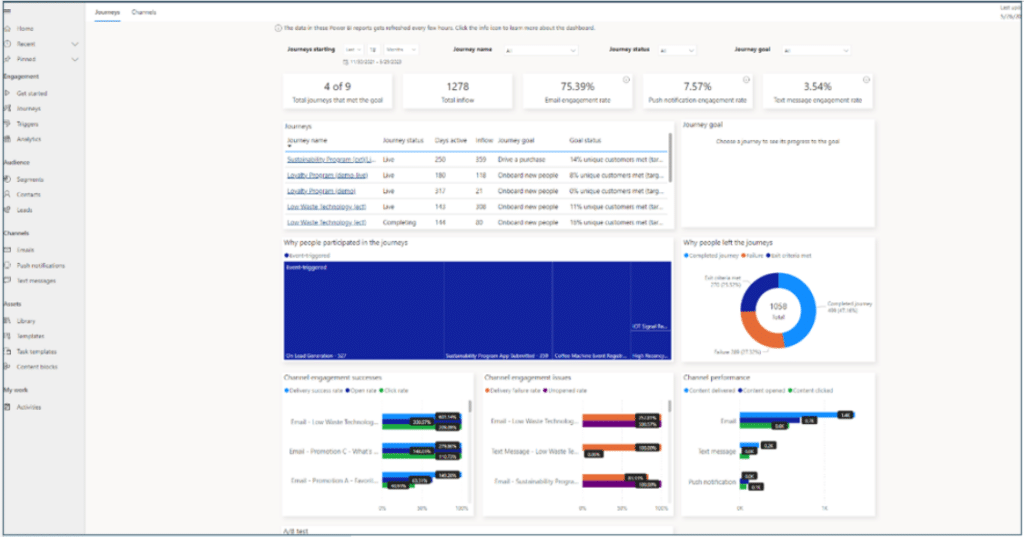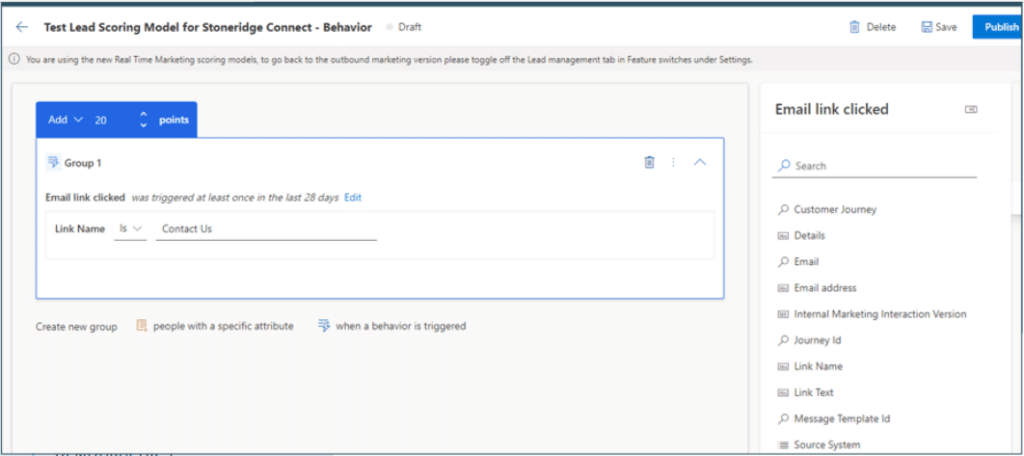Top 10 Features in Dynamics 365 Customer Insights for Marketers
Dynamics 365 Customer Insights is a powerful tool that can help you bring in new customers by engaging them with eye-catching marketing activities.
Connecting with your customers on a deep level is paramount for success in today’s business climate. Dynamics 365 Customer Insights empowers your marketers to craft marketing materials that connect with customers at every touchpoint. In this blog, we’ll provide a brief overview of what Customer Insights is and highlight 10 key features that can help you.
What is Dynamics 365 Customer Insights?
Dynamics 365 Customer Insights is a marketing platform that engages with customers in real-time. It responds to their actions instantly through email text messages or push notifications. It offers several features that foster customer relationships from prospecting to post-sale support.
Other benefits include:
- Integration with AI: You can use Copilot in Customer Insights to create and personalize customer interactions and turn insights from them into actionable recommendations.
- Adaptability: The platform's unified and adaptable nature makes it easy to customize and integrate with existing tools, allowing businesses to grow without constraints.
- Compliance: Built-in compliance management and accessibility features help your organization navigate regulatory requirements.
- Segmentation: You can easily separate your customers into segments, making it easier to target them with specific messages.
Customer Insights is part of the Dynamics 365 Customer Engagement suite of solutions and used to be known as Dynamics 365 for Marketing.
Dynamics 365 Customer Insights: 10 Features You Can Use to Enhance Your Marketing Processes
Let’s look some of the key capabilities Dynamics 365 Customer Insights offers that can help you with your marketing activities.
1. Dynamic Segments
Contacts in your system will be automatically added to a segment if they match the segment criteria. Segments are essentially marketing lists, and this feature ensures they stay updated through ongoing nurture journeys.
You can also view members of a segment by clicking on the “View sample of included members”. This confirms that the right people are in the proper segment. It also gives you the ability to track how many people are entering and exiting your segment by showing you the member count in the “Members and Insights” section.
Additionally, you can use segments as exit criteria for customers who no longer fit within that segment.
2. Emailing Different Record Types
Emailing a different record type is a very useful feature that limits the number of segments you have to create. For example, you might have clients and leads who fit the same segment criteria but are receiving different messages given their current relationship status with your organization. With this feature, you can send separate emails to multiple records without having to create two lists.
A good example of this in action is taking one list and creating “client” and “non-client” pathways during a nurture campaign. You also have many attributes to choose from when creating segments and record types like demographic information, interactions, and more.
3. User-Friendly Interface
When creating an email or journey – whether it’s a newsletter, event registration, or something else – you can rely on Customer Insights’ easy-to-use interface.
For the email builder, you can use blocks to insert text, pictures, videos, and many other elements when crafting an email. You can also re-size images and buttons within your email by dragging on the borders rather than uploading a new image until you find the right fit.
You can also add personalization elements like [FIRST NAME] and [LAST NAME] to tailor emails to specific contacts. Marketers can also make quick edits by clicking on the email title in the journey.
The interface for the journey builder is also very easy to use and offers a clear visual path in creating a journey. Some of the key features of the journey builder include the ability to:
- Establish multiple branches within a journey
- Run A/B Tests (which we will detail later)
- Monitor how many people are attached to a certain branch in your journey
- Set up tags to track journey goals
- Attach your journey to a campaign
- Customize the audience and frequency of your journey
There are many different options available when creating journeys. If you don’t see one that suits your needs, you can create custom options with Power Automate Flows.
4. Safeguards for Live Emails and Segments
Dynamics 365 Customer Insights will send you notifications if you are about to edit something that is set to live. With multiple people in your marketing department, there is a chance someone might edit something that is being used in a campaign. They will receive a clear warning and can either start from scratch or create a copy to work from.
5. Built-in and Custom Templates
Customer Insights comes with many out-of-the-box templates for emails and content blocks. You can also create your own custom templates, which is useful because your organization has its own messaging and branding.
If you do the latter, you have the option to lock content block templates or keep them unlocked. Locking a template ensures people won’t be able to edit the content blocks and branding within the template.
You can also build segments based off templates by selecting “Existing segment” when creating a new one.
6. Easy Journey Creation
Once you create an email, text message, or push notification, the next step is to create a journey. You can develop a journey from scratch and customize it yourself or enlist the assistance of AI with Microsoft Copilot.
There are two types of journeys you can use:
- Trigger-based journeys start when an existing or prospective customer performs an action like filling out a contact form, stopping by your booth at a trade show, or signing up for a webinar.
- Segment-based journeys go out to predefined segments determined by the sender.
The system also gives you a lot of flexibility in using exit and suppression criteria in controlling journey participants.
7. A/B Testing Capabilities
A/B Testing allows you to create two emails, texts, or push notifications that go to different groups within a segment to test which one performs better. You can set your metrics, customize test size, and determine a default choice if a winner is not determined by the test.
A good example of this is if your organization wants to test a new newsletter format. You can create two formats and send half of your segment version A and the other half version B. Whichever one performs better will be the winning newsletter format.
8. Goal-setting Keeps Your Marketing Goals In View
Like many other features on this list, you can use out-of-the-box goals or create your own. There is a wide variety of actions you can choose from to measure how well your marketing efforts are performing. You can determine what the goal of a journey is and set the parameters on when that goal is met. For example, if your goal is to increase engagement with your newsletter, you can say the goal is met when link clicks increase by five percent.
9. Analytics and Metrics
Getting better at anything is easier if you can look at your past performances to identify areas of improvement. Dynamics 365 Customer Insights comes equipped with analytics, providing you valuable visibility into key performance indicators (KPIs) and metrics such as:
- Delivery rate
- Open Rate
- Click rate
- Unique opens
- Unique clicks
- Delivery issues
- And more
Being able to see this from a central location allows you to easily identify areas of improvement. You can also easily export this information to Excel to share with others for review.
Similarly, you can look at performance metrics for your journeys to filter results, gain visibility into links, and view the number of records in your audience or number of emails sent.
You can select individual journeys to analyze or select a group of journeys that are part of the same campaign. Another common way is to sort by journey goal.
An added feature is it packages it all in a visually appealing way that is easy to follow.
10. Lead Scoring
Lead scoring is vital in determining which prospects have the best chance of becoming customers. With Dynamics 365 Customer Insights lead scoring, you can:
- Prioritize leads that meet the criteria you set out
- Foster quick and efficient follow-up with high-scoring leads
- Identify the threshold or number of points a lead needs to reach to be transferred to the sales team
- Create and customize lead scoring models that suit your organization
You can set up any kind of lead scoring system you want. Common criteria include demographics, firmographics, and interactions.
Want to Learn More Ways to Streamline Your Marketing With Dynamics 365 Customer Insights?
Get in touch with the Stoneridge Software team! Our experts are available for support and want to empower your organization to widen its reach and gain more customers.
Co-Author: Sue Whitney
Under the terms of this license, you are authorized to share and redistribute the content across various mediums, subject to adherence to the specified conditions: you must provide proper attribution to Stoneridge as the original creator in a manner that does not imply their endorsement of your use, the material is to be utilized solely for non-commercial purposes, and alterations, modifications, or derivative works based on the original material are strictly prohibited.
Responsibility rests with the licensee to ensure that their use of the material does not violate any other rights.





